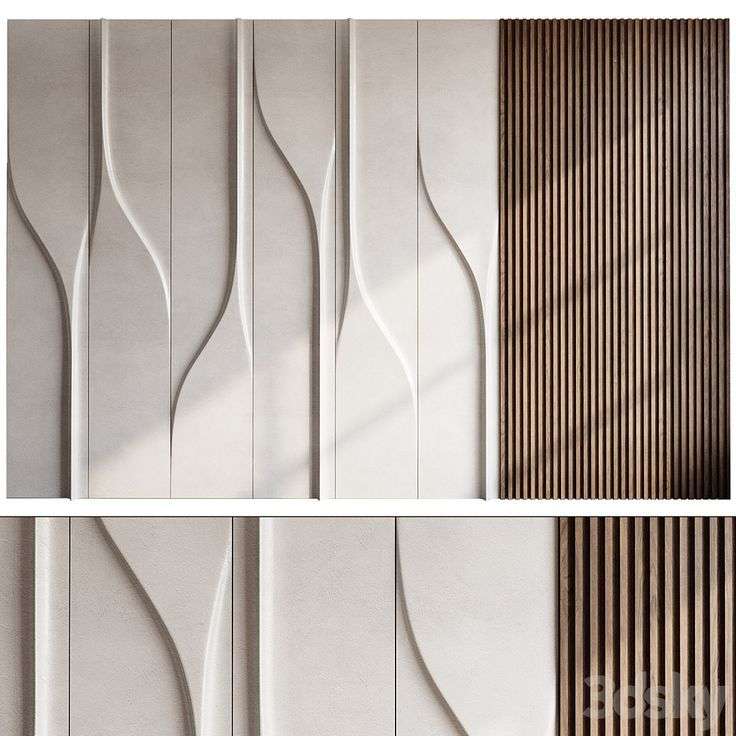Restoring old homes offers a unique opportunity to preserve the past while embracing the future. These historic houses often come with rich architectural details, timeless materials, and stories embedded in their walls. However, modern living requires functionality and comfort, leading many homeowners and designers to incorporate modern twists into these timeless structures.
Successfully blending history with contemporary design requires a thoughtful approach that honors the home’s heritage while introducing features that enhance its functionality and appeal. Let’s explore how to restore and update old homes with modern elements while preserving their character and charm.

1. Preserving Original Architectural Features
One of the most exciting aspects of restoring an old home is uncovering and preserving its original architectural features. Whether it’s ornate moldings, beautiful hardwood floors, or grand fireplaces, these historical elements are a vital part of the home’s character.
- Highlighting historical details: Instead of replacing or covering up original features, consider showcasing them as focal points in the home. Restore wooden beams, crown moldings, and stained-glass windows to their former glory, using cleaning, refinishing, or repairing techniques.
- Mixing old and new materials: While preserving original materials, such as brick or wood, you can mix them with newer, complementary materials like glass, metal, or concrete. This creates a striking contrast while allowing both the old and new to shine.
- Embracing vintage accents: Incorporating vintage or reclaimed materials, such as antique doors, original fixtures, or vintage furniture, can create a cohesive look that ties the new and old elements together.
2. Upgrading the Kitchen and Bathrooms
Kitchens and bathrooms are often the most challenging spaces to restore in old homes. These rooms must be functional, durable, and efficient, yet also reflect the home’s historical style.
- Modern appliances with classic design: To preserve the charm of an old kitchen while upgrading its functionality, look for appliances that combine vintage aesthetics with modern technology. For example, a retro-inspired fridge or stove with the latest energy-efficient features can seamlessly integrate into the space.
- Incorporating historical tile patterns: When updating bathroom spaces, consider using tiles or materials that reflect the original design or era of the home. Repeating vintage tile patterns, encaustic tiles, or subway tiles can complement both traditional and contemporary styles.
- Open shelving and built-ins: Incorporating open shelving or custom-built cabinetry can help modernize spaces while maintaining the home’s classic appeal. These additions provide storage without compromising the visual aesthetics of the historical design.
3. Emphasizing Natural Light and Open Spaces
Older homes often feature smaller, compartmentalized rooms and limited natural light. To create a more modern feel, it’s essential to open up spaces and bring in more light while respecting the original architecture.
- Removing non-structural walls: Where possible, consider removing non-load-bearing walls or partitions to create a more open floor plan. Opening up rooms allows for a sense of flow and modern living, without losing the essence of the home’s original layout.
- Large windows and skylights: Install larger windows or add skylights to increase the natural light entering the home. This enhances the airy feel of a space while blending the indoor and outdoor environment.
- Preserving window trims and moldings: While upgrading to larger windows or glass doors, ensure the original window trim and moldings are preserved or carefully restored. These details will maintain the home’s authenticity.
4. Blending Modern Furniture and Fixtures
A key aspect of incorporating modern design into historical homes is the selection of furniture, lighting, and other fixtures. Modern furniture doesn’t need to clash with vintage architecture—it can complement and elevate it.
- Minimalist modern furniture: Opt for sleek, minimalist furniture that allows the historical features of the home to stand out. Neutral tones, clean lines, and simple materials can modernize the space without overwhelming it.
- Statement lighting: Integrate modern lighting fixtures, such as contemporary chandeliers, pendant lights, or floor lamps, to bring a fresh, innovative look to the home. Industrial-style light fixtures can add a bold contrast to traditional design elements, like brass chandeliers or vintage sconces.
- Contemporary art and accessories: Introduce modern artwork, sculptures, or contemporary accessories to your space. These items can provide a striking contrast to historical furniture and create a dynamic, eclectic environment.
5. Incorporating Sustainable and Smart Home Features
Modern homes are increasingly incorporating sustainable and energy-efficient features, which can be easily integrated into older homes. These updates not only make the home more eco-friendly but also improve its comfort and functionality.
- Energy-efficient windows and insulation: When restoring an old home, upgrading to energy-efficient windows or adding insulation can greatly improve the home’s energy performance. These changes can be done without compromising the aesthetic value of the home.
- Smart home systems: Incorporating smart technology, such as voice-controlled lighting, thermostats, and security systems, can modernize the home while keeping it functional and secure. Opt for systems that blend seamlessly into the design and aren’t obtrusive.
- Sustainable materials: Use sustainable materials such as reclaimed wood, bamboo, or recycled metal when updating or adding elements to the home. These materials are not only eco-friendly but also contribute to the home’s unique, historical character.
6. Maintain a Cohesive Color Palette
When restoring an old home, it’s essential to select a color palette that ties together the historical and modern elements of the space. A cohesive color scheme will help balance the traditional architecture with contemporary updates.
- Soft neutrals: Use soft neutral tones like whites, grays, and beiges to create a sense of calm and flow throughout the home. These colors work well with both vintage and modern elements and allow the architectural features to shine.
- Accent colors: Introduce bold accent colors through furniture, textiles, or wall art. Deep greens, navy blues, or earthy tones can create a striking contrast with the more subtle hues of the home’s structure.
- Textures and finishes: Experiment with textures and finishes, such as matte vs. glossy or natural vs. industrial. Mixing textures can highlight both the historical and modern elements of the home.



